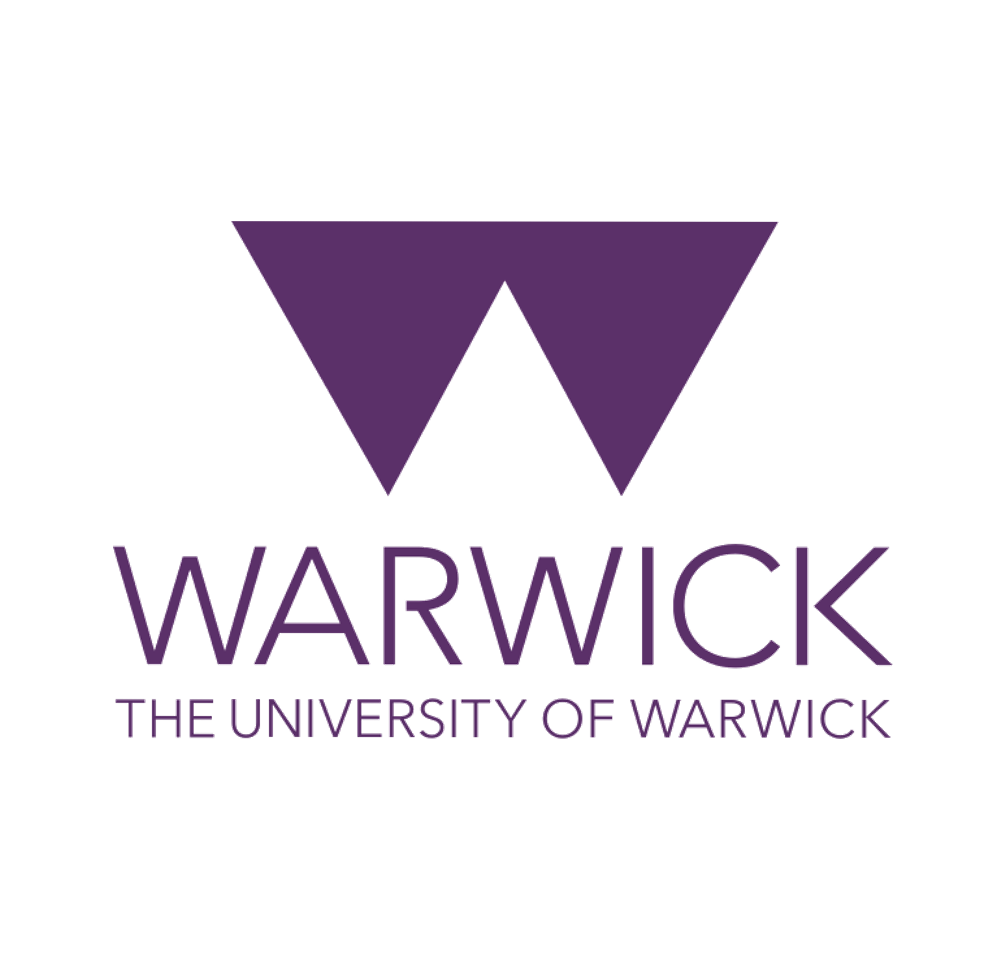Newswise — New research funded by the National Institute for Health and Care Research (NIHR) has led to the UK government approving the use of digital pathology to help speed up analysis of cancer screening samples.
This allows the benefits offered by digital pathology to be used to improve cancer screening particularly in bowel, breast, lung and cervical cancers. The use of this technology, based on research done by University Hospitals Coventry and Warwickshire (UHCW) NHS Trust and The University of Warwick’s Clinical Trials Unit, will result in faster reporting of people’s samples helping to deliver world class care.
Histopathology – the examining of cells and tissues under a microscope – is a key step in many major disease pathways, where early detection of cancer plays a crucial role in survival.
Digital pathology is the use of automated slide scanners to digitise the histopathology process. Results are reported on computer workstations as opposed to a conventional microscope, enabling pathologists to report samples remote from the laboratory producing slides.
This process makes sharing samples easier, helping to reduce risk of loss or damage of samples. It also mitigates the need for pathologists to be present in hospitals, as they can review the slides remotely. Digitising the slides might also allow the use of computer algorithms to help improve pathologists’ performance in the coming years.
Following a consultation by the UK National Screening Committee, the Government has now approved the use of digital pathology for analysing cancer screening samples.
Lead Researcher Consultant Pathologist Professor David Snead, of UHCW and The University of Warwick, said: “I am delighted that digital pathology is cleared for use in cancer screening programmes. It is a big milestone to achieve and we are extremely proud that the work we have led proved so effective in making this change.
“The team would like to thank the pathologists, research fellows, statisticians and laboratory technicians who conducted the study and the technical support received from 3DHISTECH and Philips in providing equipment to make it happen. It was a huge task to do, but the data we produced was vital to demonstrate this technology is safe in the hands of our pathologists.
“UHCW can rightly claim to have led the world in the transition to using digital pathology in clinical practice. Doing so enables many benefits to be realised, including the option to use artificial intelligence-based tools to support pathologists in their work.”
Professor Janet Dunn, lead for the Warwick Clinical Trials Unit, said: “It is great that the UK Government recognise the important of this research and has approved the use of digital pathology for screening. It was a pleasure to work with Professor David Snead on this important study”.
The study was funded by the NIHR, Health Technology Assessment Programme and supported by the University of Warwick’s Clinical Trials Unit.
In total, six NHS hospitals took part in the DP study: University Hospitals Coventry and Warwickshire; The Queen’s University of Belfast; Nottingham University Hospital; Oxford John Radcliffe Hospital; United Lincolnshire Hospital and University Hospitals Birmingham. The study’s aim was to demonstrate equivalence in pathologists reporting of a sample when using digital pathology in comparison to light microscopy, the current standard. Sixteen pathologists took part in the study, four each in four specialities: Skin; Breast; GI and Renal. The pathologists reported on each anonymous sample within their speciality using both digital pathology and light microscopy. 2024 samples were used across all four specialities, a total of 16,192 reports were created during the study.
Read the result of the consultation process held here: UK National Screening Committee
And meeting minutes here: minutes.
Notes for editors
- The full research paper is in press in the journal Histopathology and will shortly be online in open access:
Digital pathology for reporting histopathology samples, including cancer screening samples – definitive evidence from a multi-site study.
DOI:10.1111/his.15129
- Digital pathology refers to the use of whole slide imaging to report cellular pathology samples as opposed to conventional microscopes. This allows the full benefits of digisation to be exploited in this workflow in the same way as any other aspect of modern life. Workload can be distributed electronically to pathologists anywhere in the world, allowing rapid consultation and review of patient’s samples, and backlogs of cases to be reported more efficiently.
- There is a growing number of AI tools being developed which assist the pathologists in their work which can only be used if the workload is digitised.
- The use of digital pathology in cancer screening samples has been embargoed until now, because there was deemed to be insufficient data to support its use in this setting.
The mission of the National Institute for Health and Care Research (NIHR) is to improve the health and wealth of the nation through research. We do this by:
- Funding high quality, timely research that benefits the NHS, public health and social care;
- Investing in world-class expertise, facilities and a skilled delivery workforce to translate discoveries into improved treatments and services;
- Partnering with patients, service users, carers and communities, improving the relevance, quality and impact of our research;
- Attracting, training and supporting the best researchers to tackle complex health and social care challenges;
- Collaborating with other public funders, charities and industry to help shape a cohesive and globally competitive research system;
- Funding applied global health research and training to meet the needs of the poorest people in low and middle income countries.
- NIHR is funded by the Department of Health and Social Care. Its work in low and middle income countries is principally funded through UK Aid from the UK government.

